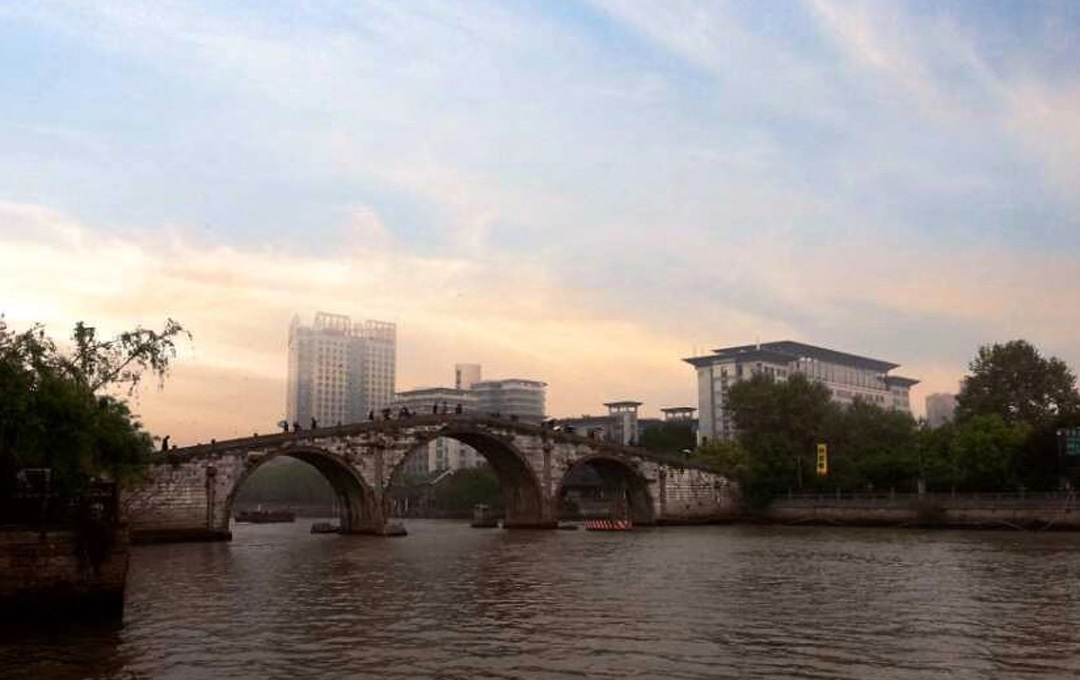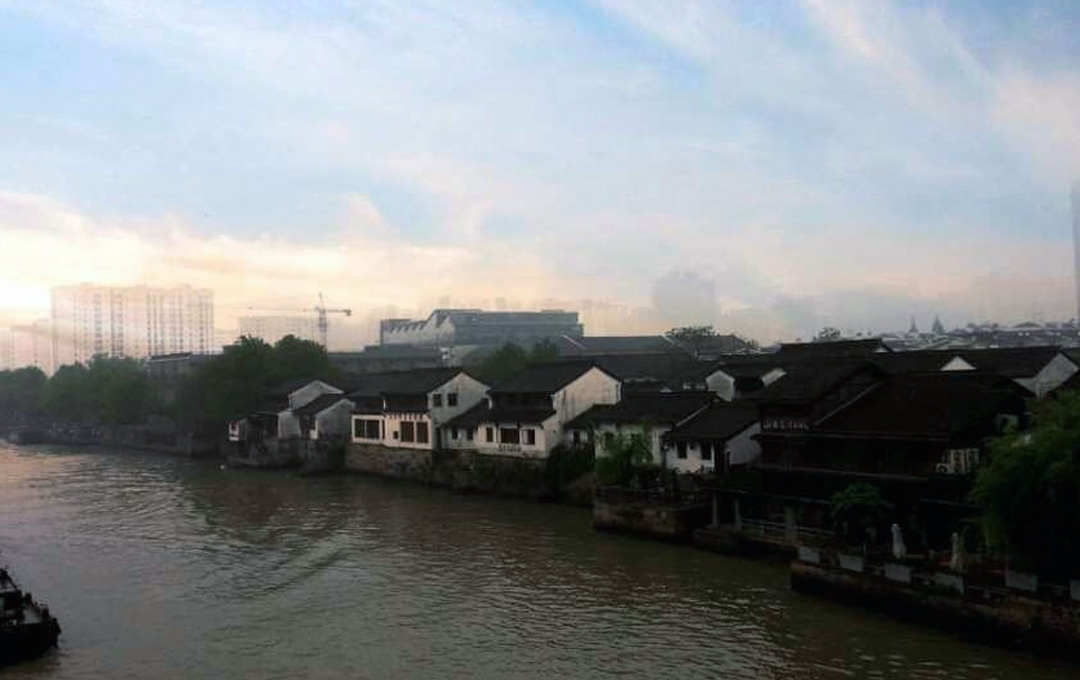Started from Hangzhou and ended in Beijing in the history, the well-known Beijing-Hangzhou Grand Canal (京杭大运河) is the longest ancient artificial waterway in the world. Starting at Beijing it passes through Tianjin and the provinces of Hebei, Shandong, Jiangsu and Zhejiang to the city of Hangzhou. The oldest parts of the canal date back to the 5th century BC, although the various sections were finally combined into one during the Sui Dynasty (581–618 AD). In 605 A.D, Sui Yangdi, the emperor of Sui Dynasty, ordered to build the Grand Canal to connect Yellow River, Luo River and Northestern Wei River, Qi River etc. and in 608 A.D, continued to connect Yellow river and Yangtze River. Since then the 2500-km Canal became the line to link 8 various area and shop goods between east and West, South and North, so that it strengthened the communication in the country. In 13th century, during Yun Dynasty, Khubilai Khan decided to build another canal to link modern Beijing and Hangzhou directly from North to South so that the length of the canal was shorten to 1794 km, 800 km shorter than previous one. From then on, the Sui and Tang Grand Canal gradually was abandoned, and kept using Beijing-Hangzhou Canal till nowadays.
The total length of the Grand Canal is roughly 1,794 km (1,114 miles). Historically, periodic flooding of the adjacent Yellow River threatened the safety and functioning of the canal. During wartime the high dikes of the Yellow River were sometimes deliberately broken in order to flood advancing enemy troops. This caused disaster and prolonged economic hardships. Despite temporary periods of desolation and disuse, the Grand Canal furthered an indigenous and growing economic market of China's urban centers throughout the ages since the Sui.








